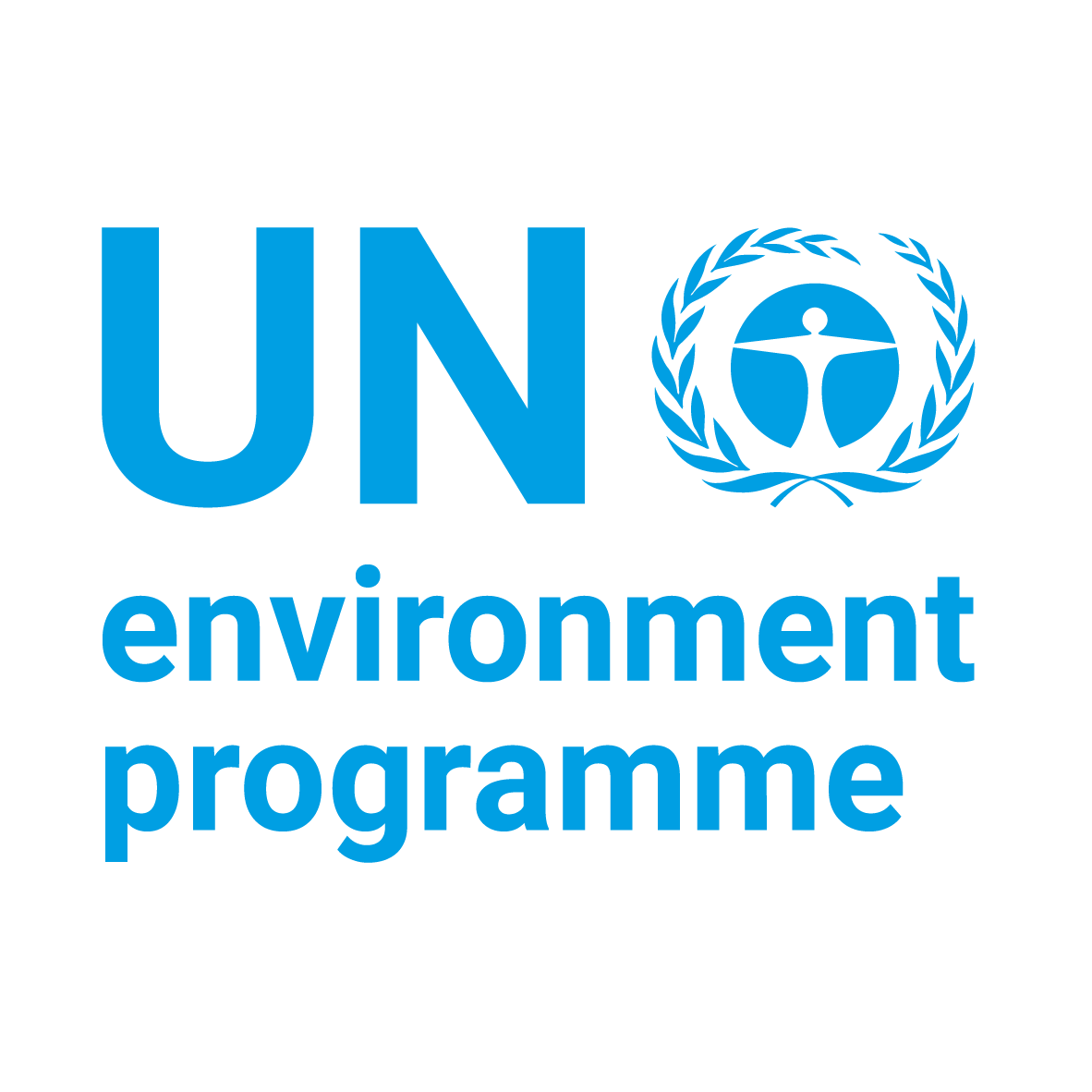Coastal areas around the world are vulnerable to climate change impacts. Green Coast is a community-based coastal ecosystem restoration programme implemented in Indonesia, Sri Lanka, Thailand, India and Malaysia. It was developed in response to the December 2004 Indian Ocean tsunami. Since the first phase of the programme (2005-2007), the Green Coast model has been regarded as a well-tested approach in relation to climate change adaptation.
Main activities included:
- Coastal ecosystem rehabilitation;
- Building sustainable livelihoods;
- Develop village regulations to support environmental conservation efforts;
- Environmental education compaigns.
In Indonesia, the programme continued with a second phase (2007-2008). In the areas of Aceh and Nias it successfully rehabilitated 893 ha of coastal land through the planting of mangroves (1.6 million seedlings) and beach plants (250,000 seedlings) along with the conservation of coral reefs.
Green Coast, funded by Oxfam Novib (Netherlands), has been developed by Wetlands International, in partnership with WWF, IUCN, and Both ENDS.
Key lessons
- Restoring coastal ecosystems helps to protect communities and livelihoods from the impacts of climate change, including storms, flooding, erosion and associated problems.
- Mangroves dissipate the energy and reduce the size of wave heights 5-7.5 times more than unvegetated beach surfaces (Quartel et al., 2007) and therefore can be used to increase the resilience of coastal areas.
- If local inhabitants are directly involved in plantation and nursing activities, they can actively participate in the restoration of their environment and alternative livelihoods can be built.
Quartel, A. Kroon, P.G.E.F. Augustinus, P. Van Santen, N.H. 2007. Wave attenuation in coastal mangroves in the Red River Delta, Vietnam. Journal of Asian Earth Sciences, Volume 29, Issue 4, 576-584.







